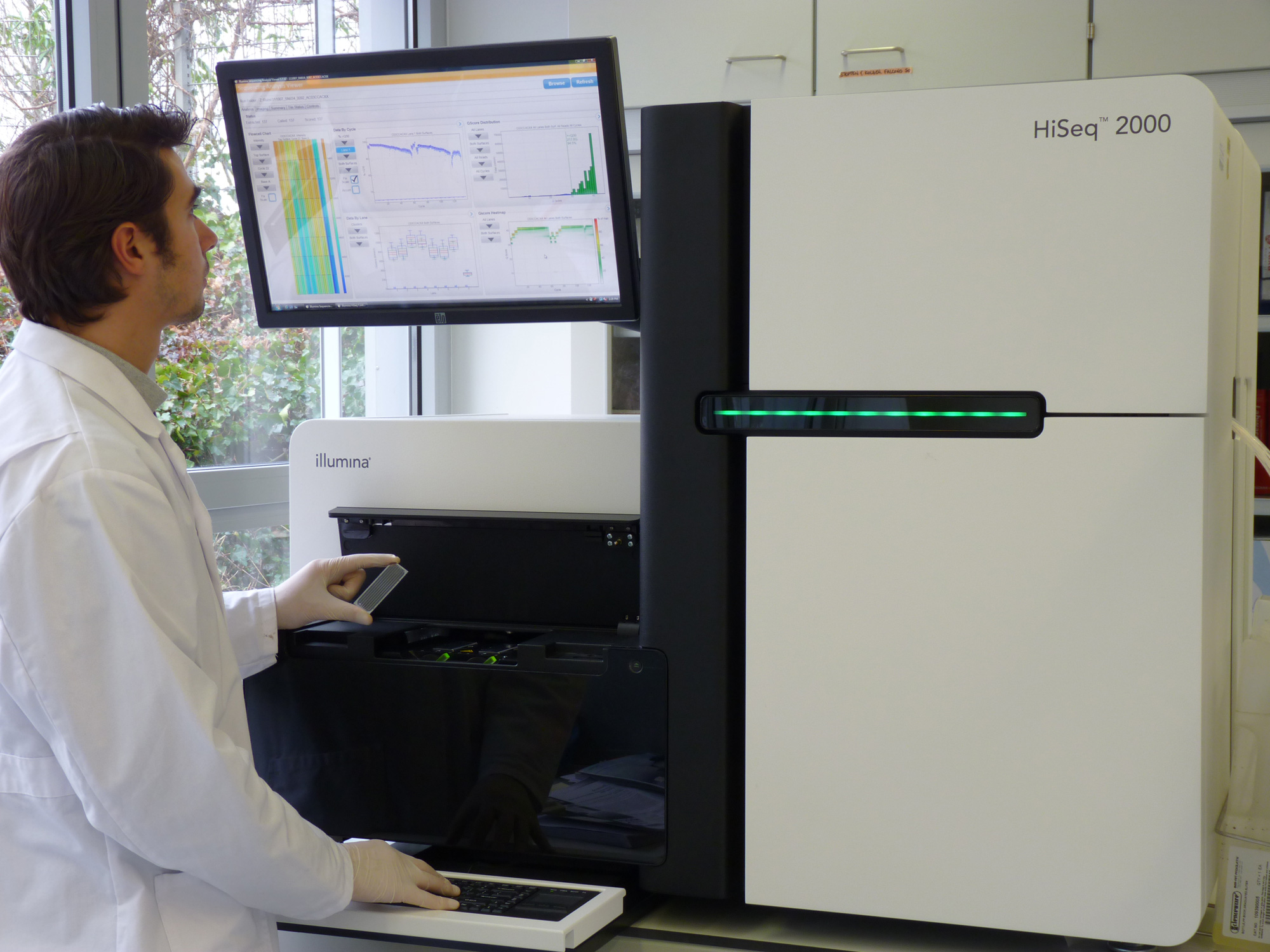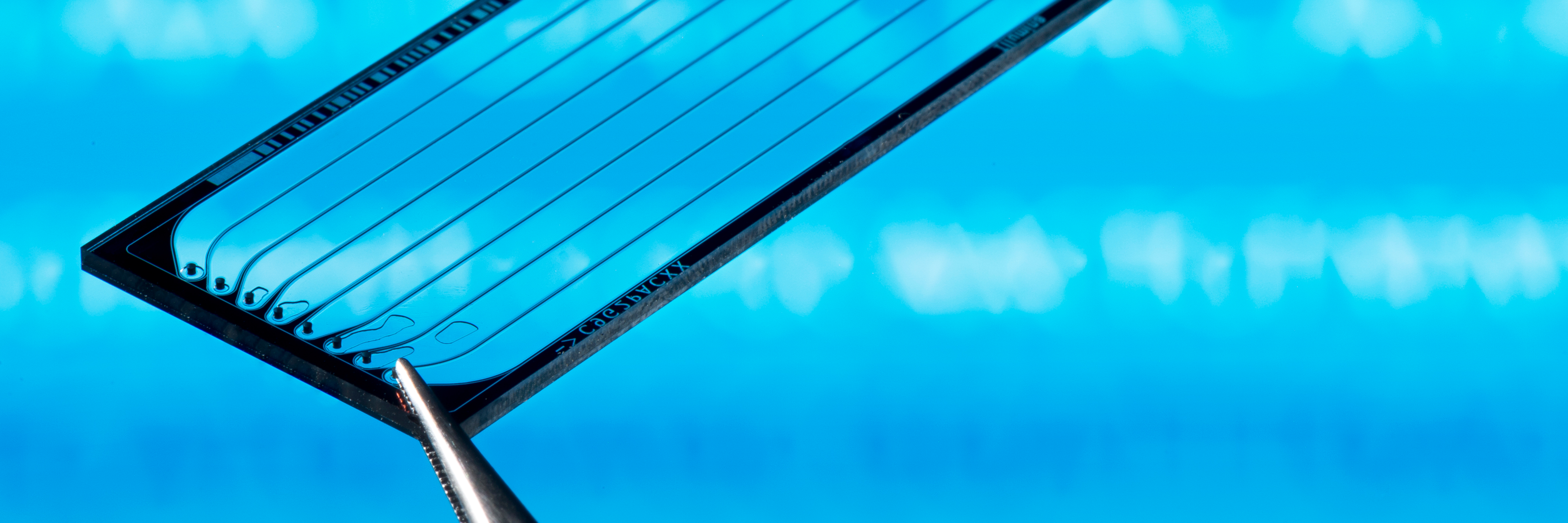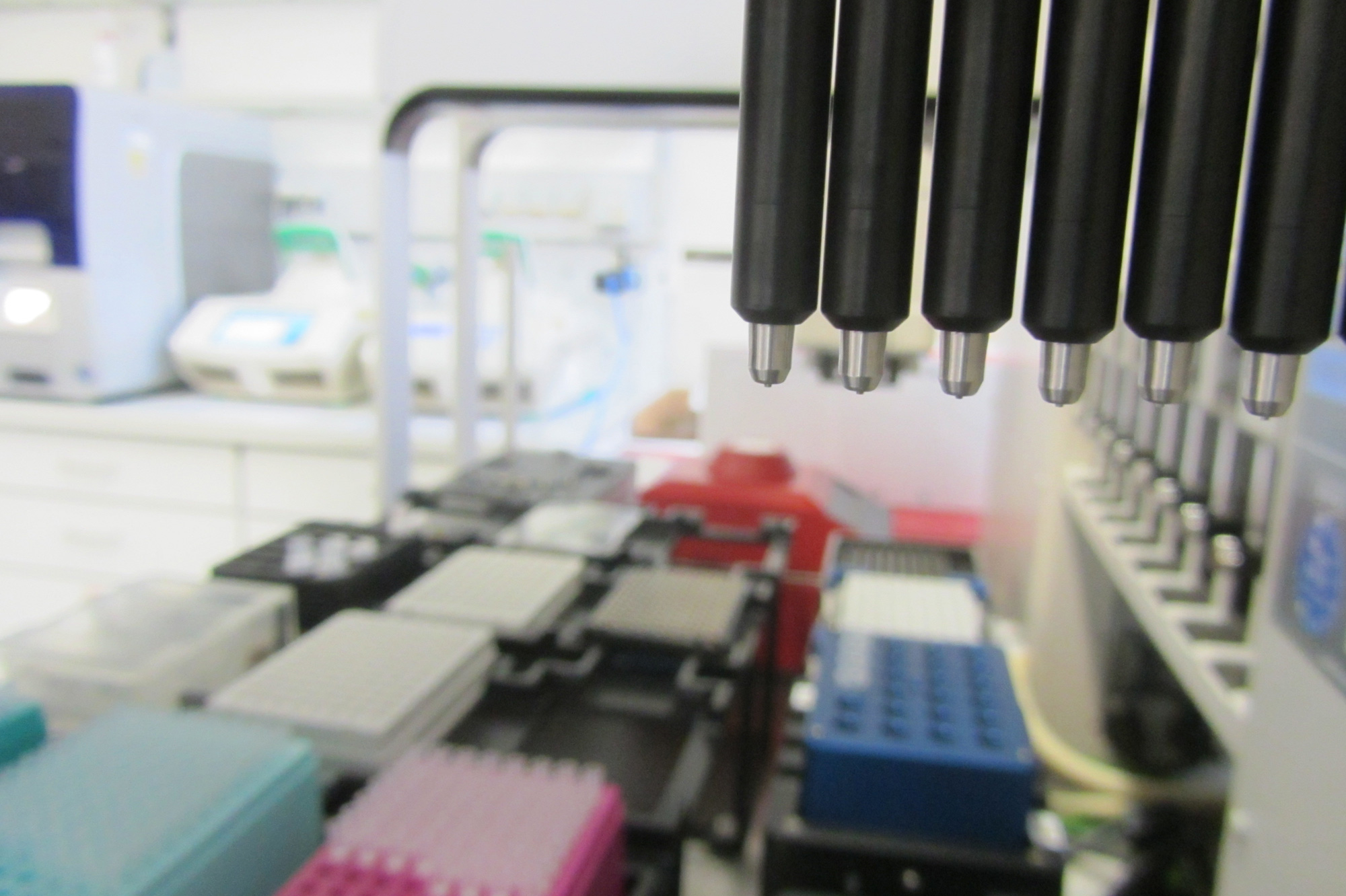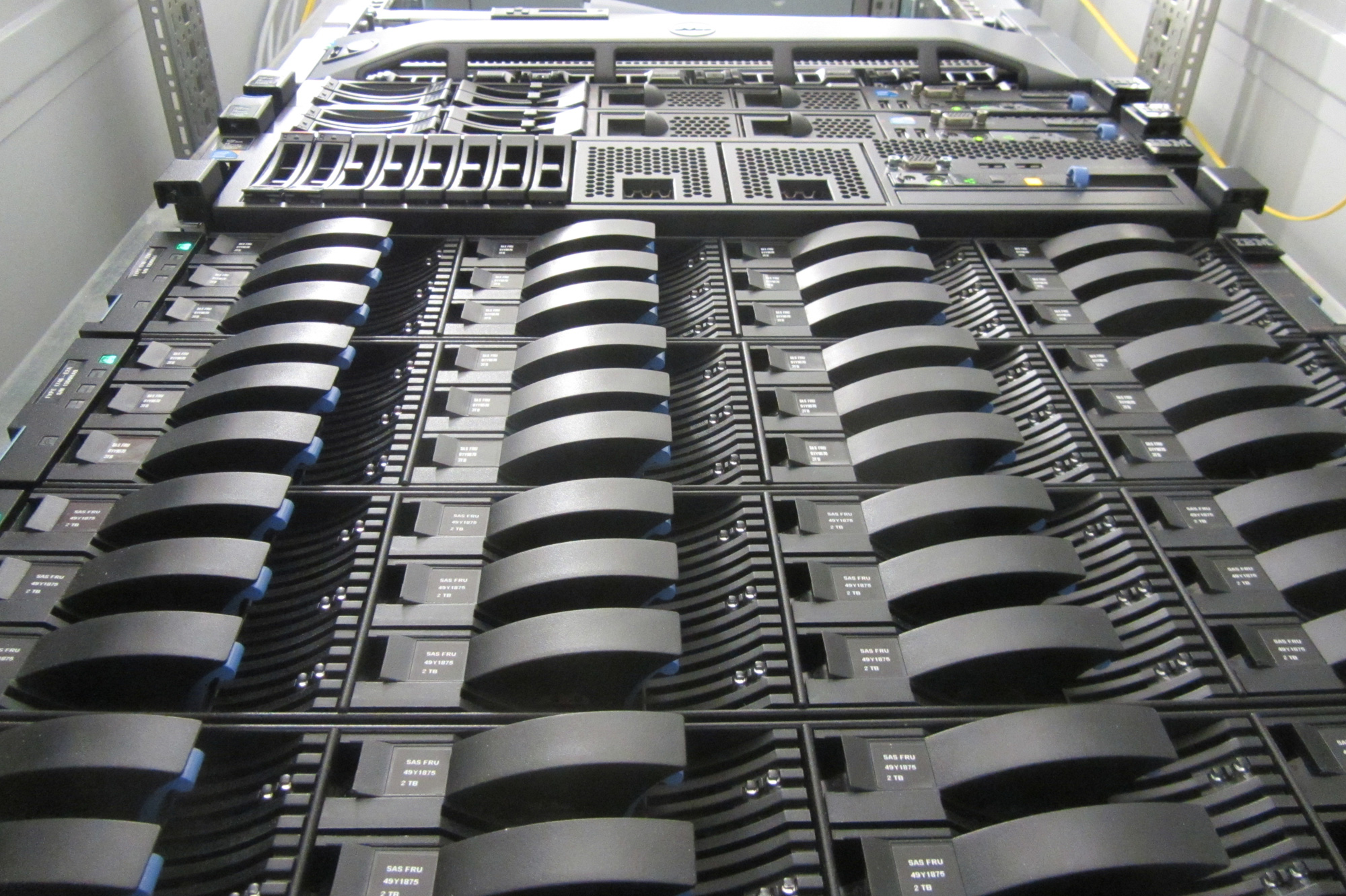Sequencing technologies – the next generation
Next-generation sequencing (NGS) describes a novel technology in nucleic acid analysis. In contrast to conventional sequencing techniques, it enables the simultaneous sequencing of hundreds of millions of DNA fragments. These high-throughput or parallel sequencing technologies have opened up entirely new dimensions in nucleic acid analysis and revolutionized countless areas of life sciences research.
In our research group, we use NGS technologies for a wide range of challenges with a scientific as well as an application-oriented focus. Projects cover, for example, de novo sequencing of industrially or medically relevant bacterial and fungal strains, analyses of transcription profiles, identification of relevant genes, e. g. for an early diagnosis of tumor diseases, and screening for biomarkers for diagnosis.
We are especially proud of our group’s ability to offer the complete workflow from sample preparation to sequencing up to bioinformatics analyses.
 Fraunhofer Institute for Interfacial Engineering and Biotechnology IGB
Fraunhofer Institute for Interfacial Engineering and Biotechnology IGB



